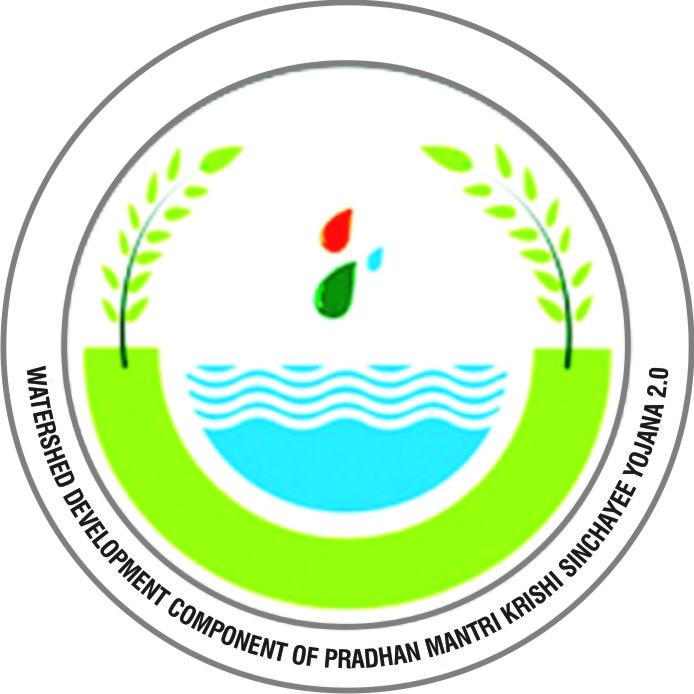

The Department has been implementing a Centrally Sponsored Scheme (CSS) ‘Integrated Watershed Management Programme’ (IWMP) since 2009-10, which was amalgamated as the Watershed Development Component of PMKSY (WDC-PMKSY) in 2015-16. The continuation of WDC-PMKSY has been allowed by Government of India on 15.12.2021 as ‘WDC-PMKSY 2.0’ for the project period of 2021-2026 with a physical target of 49.50 lakh ha and indicative Central financial outlay of Rs. 8,134 crore. The unit cost of projects has been revised upward from Rs 12,000/ha to Rs 22,000/ha for plain areas, and Rs 15,000/ha to Rs 28,000/ha for the difficult areas and LWE areas. The States/UTs have been asked to use GIS and Remote Sensing techniques for better planning of projects. The States/UTs have also been suggested to map activities from other sectors which could be taken up within the project areas for better convergence in a saturation mode. The project period has been reduced from existing 4 - 7 years to 3 - 5 years. On the recommendations of NITI Aayog, rejuvenation of Springshed has been incorporated as a new activity in the WDC-PMKSY 2.0 within the approved cost. Till date DoLR has sanctioned projects to States/UTs covering entire physical target of land under the WDC-PMKSY 2.0 and the process of release of Central grant is under way.
Objectives of watershed development projects are to improve productive potential of rainfed / degraded land through integrated watershed management; to strengthen community based local institutions for promotion of livelihoods & watershed sustainability, and to improve the efficiency of watershed projects through cross learning and incentive mechanism.